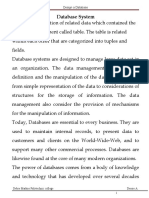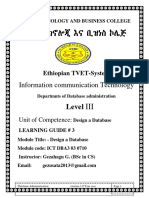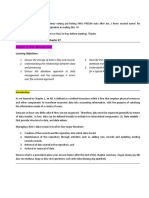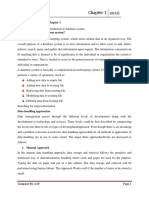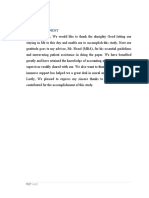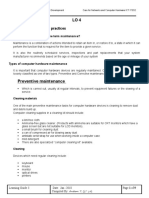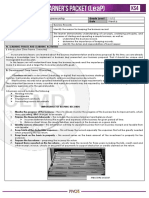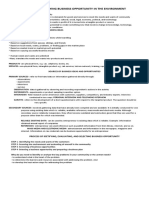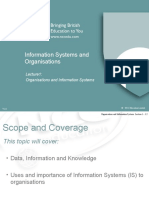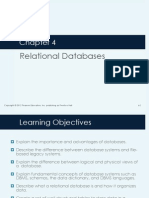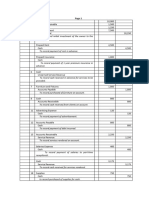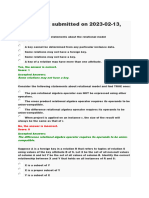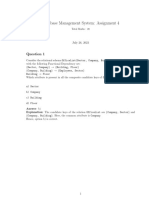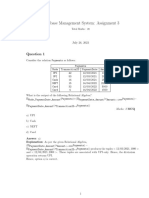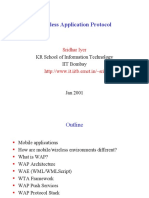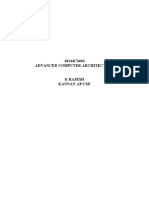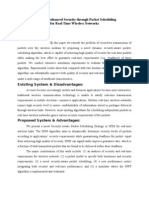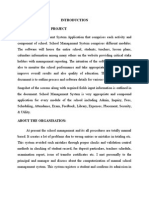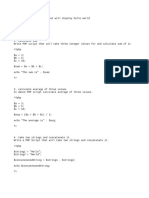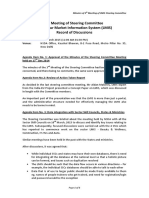0% found this document useful (0 votes)
186 views4 pagesData Redundancy and Inconsistency
A database is a collection of organized data stored electronically in a computer system. It allows data to be easily accessed, managed, and updated to answer questions and support decision making. A database management system (DBMS) is software that allows users to define, construct, and manipulate databases and control access to data. Maintaining data in files has limitations like redundancy, inconsistency, inflexibility, and lack of data sharing capabilities compared to databases managed by a DBMS.
Uploaded by
balainsaiCopyright
© © All Rights Reserved
We take content rights seriously. If you suspect this is your content, claim it here.
Available Formats
Download as DOC, PDF, TXT or read online on Scribd
0% found this document useful (0 votes)
186 views4 pagesData Redundancy and Inconsistency
A database is a collection of organized data stored electronically in a computer system. It allows data to be easily accessed, managed, and updated to answer questions and support decision making. A database management system (DBMS) is software that allows users to define, construct, and manipulate databases and control access to data. Maintaining data in files has limitations like redundancy, inconsistency, inflexibility, and lack of data sharing capabilities compared to databases managed by a DBMS.
Uploaded by
balainsaiCopyright
© © All Rights Reserved
We take content rights seriously. If you suspect this is your content, claim it here.
Available Formats
Download as DOC, PDF, TXT or read online on Scribd
/ 4

